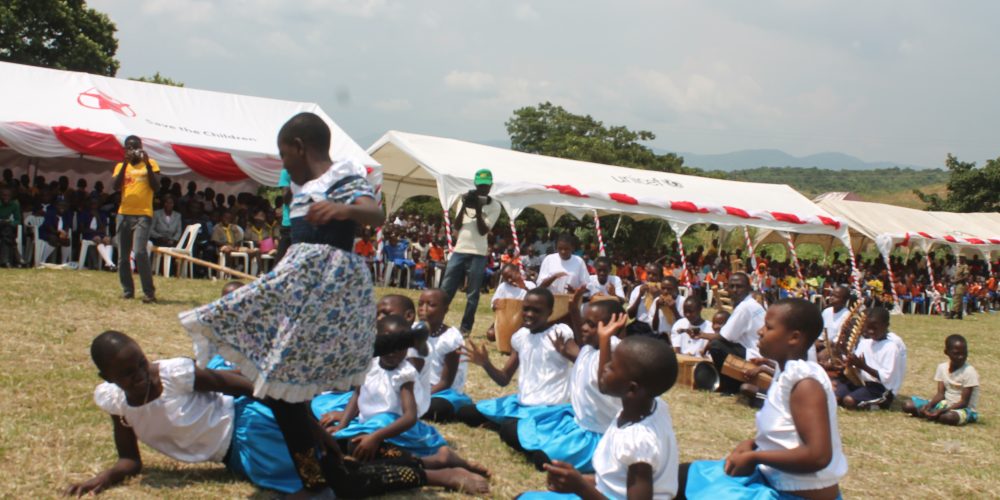
Community driven Approaches for Prevention of Violence against Children and Adolescents in Kasese District.
The project is built on the notion that community-driven approaches to prevent violence against children is sustainable and recognizes community as the strong board to prevent violence against children. The project is implemented at family, community and school level and it targets parents at household level to build their skills in good parenting practices and economic strengthening to support their livelihoods, children at school level to build their life skills to be able to participate in the prevention of violence against themselves and strengthen their vigilance towards prevention of violence against them, religious, cultural and local leaders at community level to change the community’s norms, beliefs, values and practices that perpetuate violence against children and adolescents. The project also targets adolescents out of school to build their skills to participate in prevention of violence against them and challenge their negative practices towards violence against children and adolescents as well as the teachers to build their capacity in promoting good school environment and changing their attitudes and practices towards ending violence against children and adolescents
The organization with support from children’s rights and violence prevention fund developed four Models of change which we are using to address parenting, income, safe school environment and adolescents out of schools.
Good Hope Foundation adopted a parenting model called parenting for respectability (PFR) which is all about building relationships. The model addresses 4 key areas of parenting which include; bonding and attachment, disciplining strategies, gender and socialization, and then spousal relationships. The program trains parents to learn skills and attitudes to bring up their children, bright, healthy and well behaved in a violence free environment. It also trains spouses to build better relationships and minimizes the use of violence against each other. The program is delivered to parents in groups and they meet once in a week and only one session is delivered per week in every group facilitated by the two community-based facilitators.
Good Hope Foundation also uses village savings lending association (VSLA) methodology to improve household incomes. The purpose of the methodology is to develop the culture of savings and easy lending among members hence enabling members to access finance. The organization uses an improved VSLA manual with unique features, functions and other services that maximize family financial income and resilience and purposely ensure the proceeds are used to meet the basic needs of children and adolescents
At school level, good hope adopted the model called the Journeys which addresses the good school environment that enables children to join school, remain in school and complete school. The model addresses all forms of violence against children and adolescents in schools by defining the roles and responsibilities of every stake holder in promoting good school environment. The model also addresses the key area of safe spaces for children in school through which children and adolescents acquire knowledge and skills to protect themselves from violence.
Good hope Foundation also adopted the life skills model which build the skills of adolescents out of school to prevent violence against children and adolescents in the community. The model provide early interventions that addresses violence against adolescent at community level through creation of safe and accessible spaces where adolescents out of school meet and share experiences with one another and use the safe space as a platform to learn and build their resilience to mitigate factors that expose them to VAC at community level. The program is delivered in a group/club setting once a week by community-based peer educators. The safe spaces bring and keep these adolescents together, provide them opportunity to learn about VAC, access psycho-social support, increase income and enhance peer to peer counseling to overcome past experience.

 D5 Creation
D5 Creation
Comments are Closed